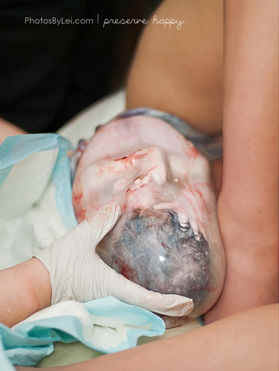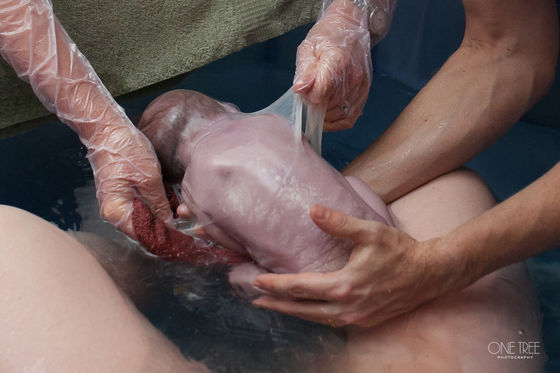|
===================Rare Images of Babies Born in the Amniotic Sac below, not of me. |
||

|
 |
|
|
|
| Throughout the years, I have written numerous little special memories, but I have not arranged them in any order. This year I decided to do that. First, I will write an outline for a chronology, and then eventually fit those little stories into that chronological structure. I will be sharing the challenge, as I go along, with Somos Primos readers, with the hope that you might join me in this adventure. I will try to help by including some ideas each month and then share what I've written. Below is the outline I prepared for chapter one, my
birth. I prepar ed ten fill in the blanks which may be
helpful to you in writing your birth story. I really hope,
some of you will join me and write a personal history too in 2018. ~ Mimi |
|
I was born in San Antonio, Texas, October 18, 1933. Although most people know me as Mimi, my real name is Nohemi. Dad named me. I was told by some Hawaiians that my name is Hawaiian and it means, "beautiful gift." A nice thought. Wonder if my Dad knew? |
||
| =================================== | =================================== | |
|
My parents were Catalino Lozano, born in San Antonio and Aurora Chapa,
born in Sabinas Hidalgo, Nuevo Leon, Mexico. Dad father died when
he was in the 3rd grade He stopped attending school and instead
shined shoes and had a newspaper route Mom, whose family migrated
from Mexico to San Antonio in the 1920s, dropped out of school after the
10th grade and got married. Dad, five years older than Mom was very capable, and had two businesses. Mom said, he had a fleet of taxi cabs, and men working for him. He also had a tailoring and dry cleaning shop. Mom, with pride sad, "He had older men working for him as tailors." But we were in the middle of the recession. I was the second of two daughters, both born during the big depression. The whole nation was suffering. When money is tight, people tend to walk, instead of taking a cab. |
Men without
jobs, don't have new suits made. Mom described our house as a small log-cabin, rented monthly
for $15. The house was drafty, cracks between some of the
logs, but Mom said it was easy to clean. She simply hosed the walls and
floor down, with an outside garden hose. I am assuming that
the floor was cement. The doctor who delivered me was assisted by my Aunt Elia
Valdez. Tia Elia, was the mother of my cousin Yolanda Valdez
Auclair whose story is about turning the Stockton City tree lights on to
honor her husband. |
|
| ====================================================================== | ||
| "A baby emerges fully
inside the amniotic sac, which looks like a thin and filmy membrane.
Some call this condition "born with a veil." Babies born en-caul are some of the rarest type of births in the world today. It's so rare, in fact, that many moms have never even heard of it until it happens to them. A caul birth occurs in about 1 in every 80,000 births. These rare births do appear all over the world. The doctor told Tia that he had heard about the condition, but had never seen it. Many have superstitions connected to these births. With less than one in every 80,000 babies born with a caul, it comes as no surprise that superstitions and stories surround this mysterious and rare phenomenon [source: babyMed]. Believed to be the mark of something special, a birth caul may appear startling and sometimes frightening for the mother. Maybe that is why Mom did not tell me about my birth story, until long after my own children were born. Maybe the fact of my Caul birth is why my birth was never recorded by the doctor. He may have thought I was not going to survive, or something? Apparently, I was very small, in contrast to my sister, whose birth weight was close to nine pounds.
|
I was an adult very involved with family history, but with no birth
certificate.
I often wondered how Mom was able to register me for school in the
Los Angeles School District.
|
|
|
===================Rare Images of Babies Born in the Amniotic Sac below, not of me. |
||

|
 |
|
|
The San Fernando Cathedral were I was
baptized. The 18th-century San Fernando Cathedral is the first
church built in San Antonio, the oldest standing church in Texas,
and the oldest Roman Catholic Cathedrals in the contiguous United
States. The cornerstone was first laid years before the Alamo church was
built. The Cathedral is listed on the National Register of
Historic Places. http://www.mysanantonio.com/150years/article/20-things-to-know-about-San-Fernando-Cathedral-6465172.php |